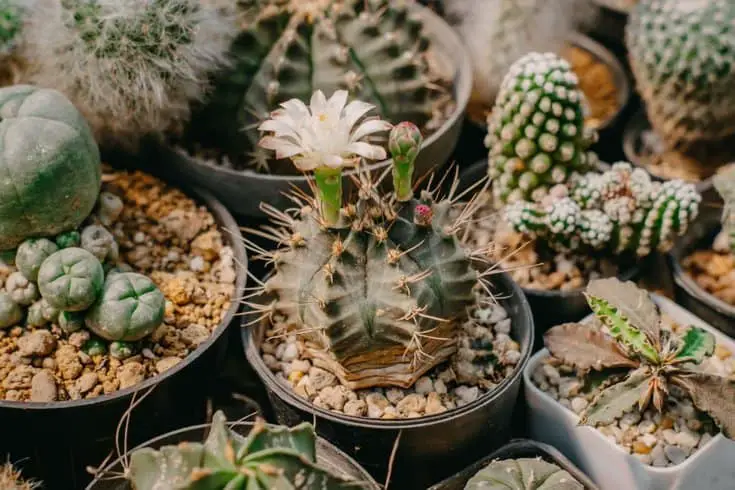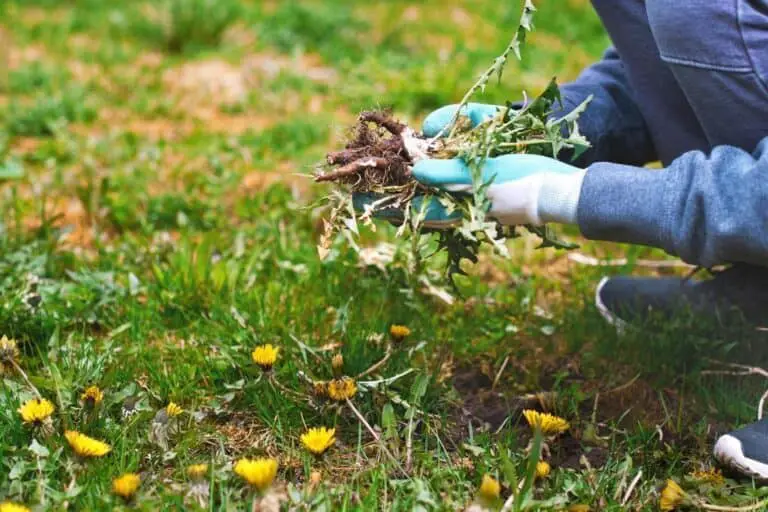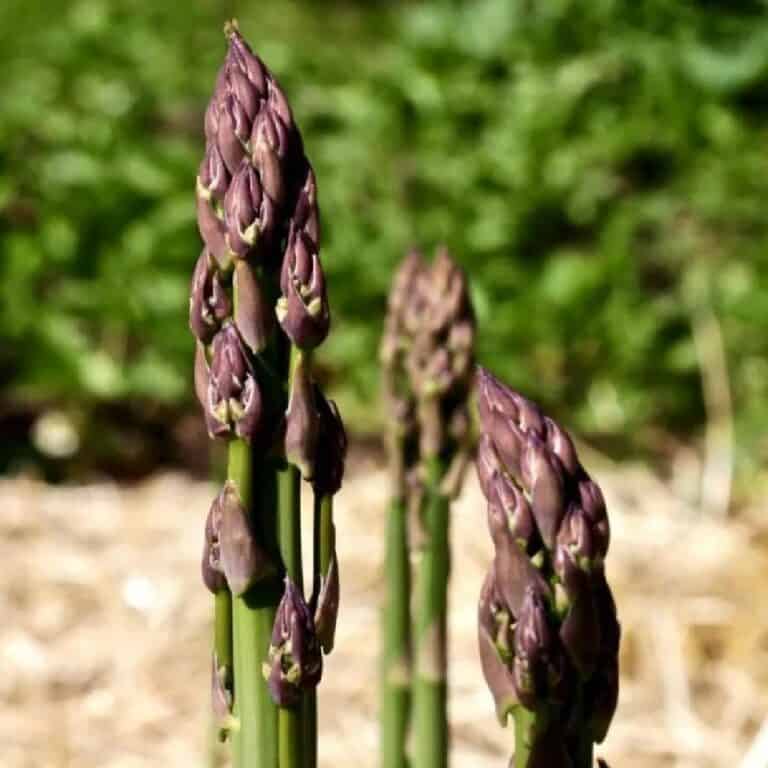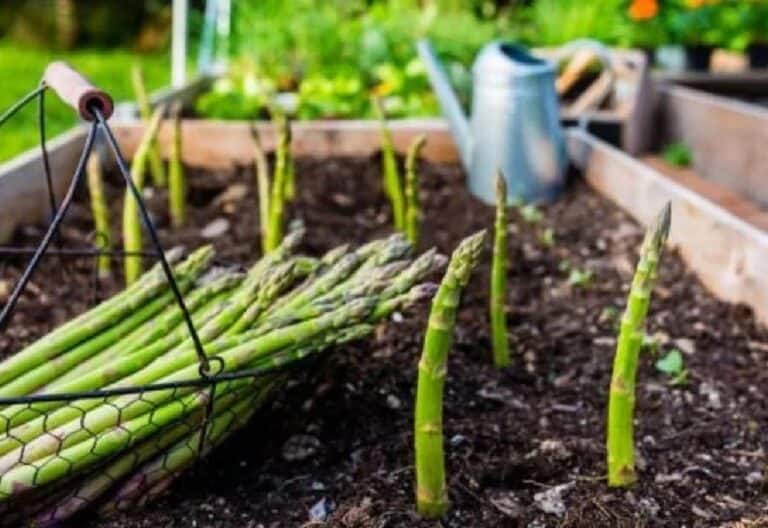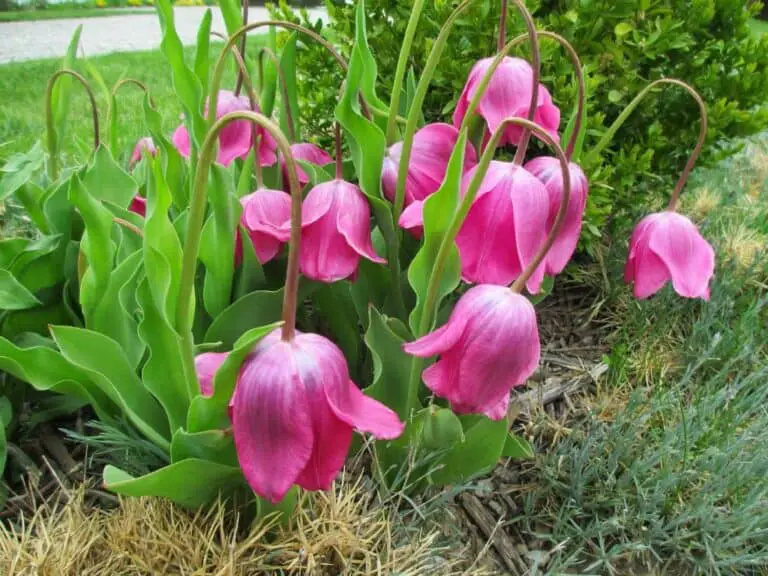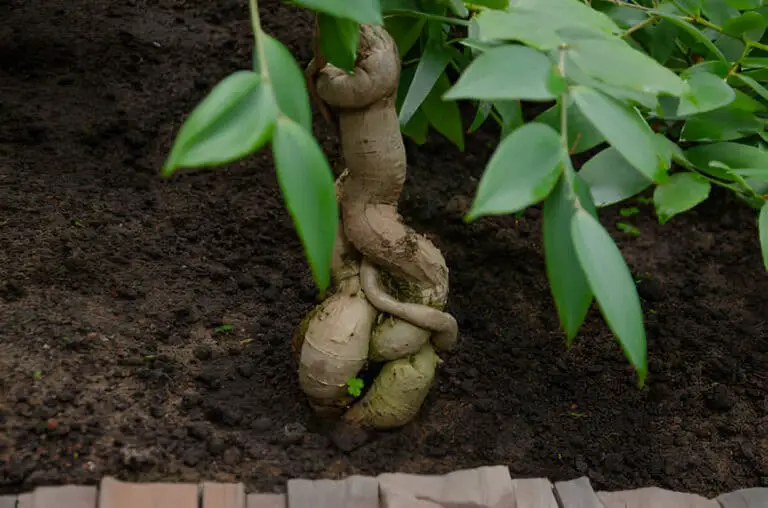Can You Really Grow Cilantro from Store-Bought Cuttings?
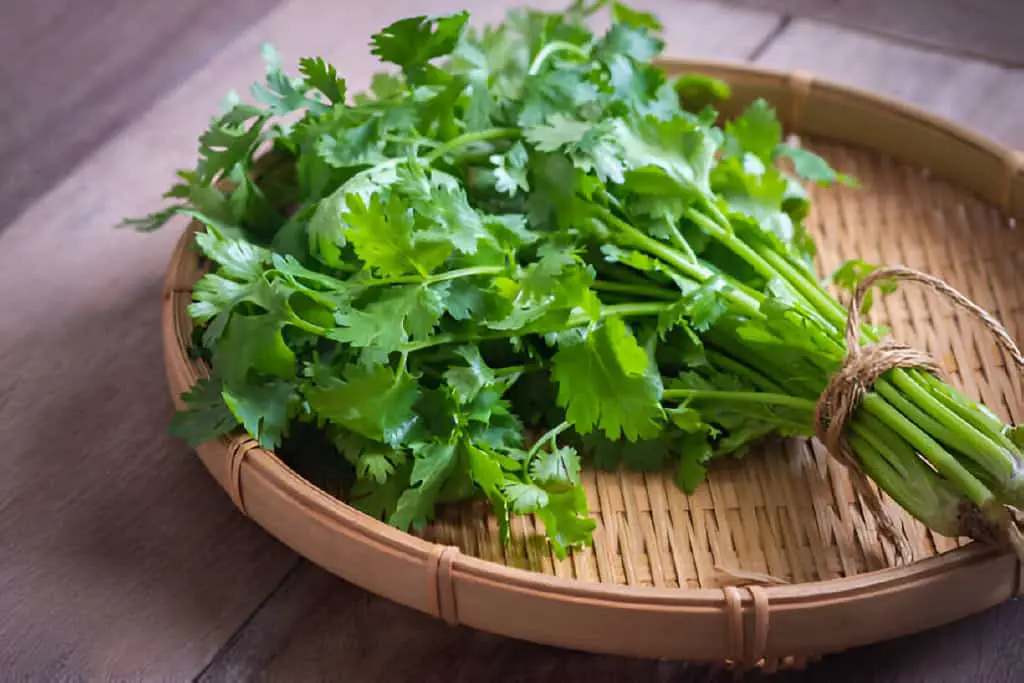
Cilantro, also known as coriander in many parts of the world, is a beloved herb known for its unique flavor that enhances a variety of dishes. If you’ve ever wondered whether you can grow cilantro from store-bought cuttings, you’re not alone.
Home gardeners often ask this. They want to propagate their favorite herbs efficiently. The short answer is yes, you can grow cilantro from store-bought cuttings, but it requires some specific steps and care.
Let’s dive into the details and explore how you can successfully cultivate cilantro from cuttings.
Understanding Cilantro
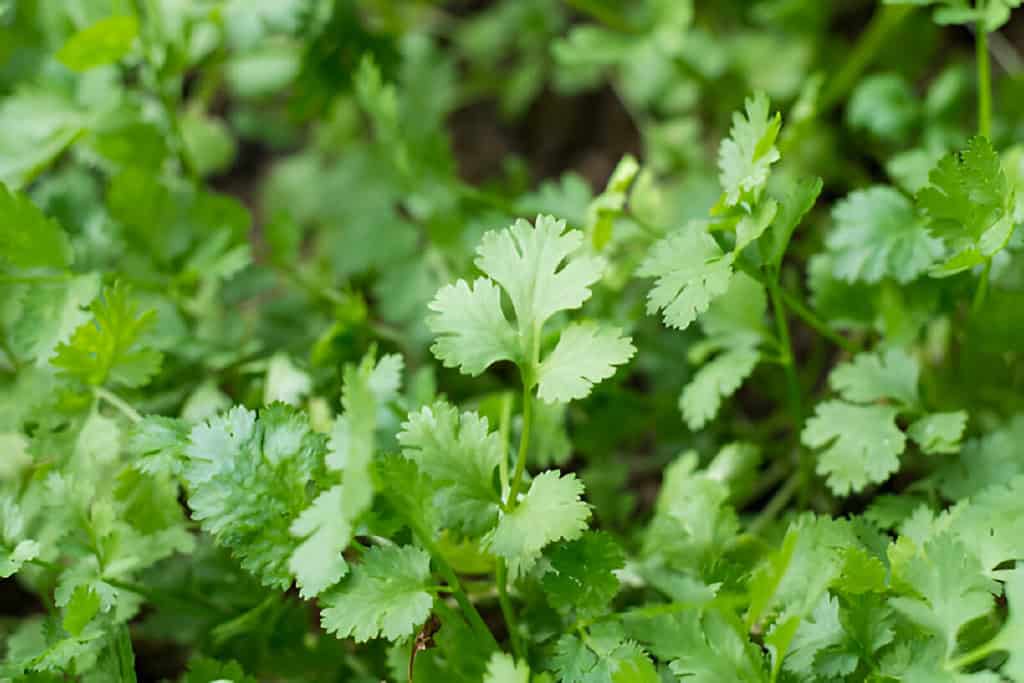
Before we get into the propagation process, it’s essential to understand what cilantro is and its growth requirements. Cilantro (Coriandrum sativum) is an annual herb from the Apiaceae family, which also includes parsley, carrots, and celery. It is prized for its aromatic leaves and seeds, which are used in culinary dishes worldwide.
Growth Requirements
Cilantro thrives in cool weather and prefers well-drained soil rich in organic matter. It requires full sun to partial shade and grows best in temperatures between 50°F and 85°F (10°C to 29°C). Cilantro can be grown both outdoors in a garden and indoors in pots, making it a versatile herb for home gardeners.
Table: Cilantro Growth Requirements
| Requirement | Ideal Condition |
| Soil | Well-drained, rich in organic matter |
| Sunlight | Full sun to partial shade |
| Temperature | 50°F to 85°F (10°C to 29°C) |
| Watering | Regular, consistent moisture |
| Fertilization | Balanced fertilizer or compost |
Preparing to Grow Cilantro from Cuttings
Growing cilantro from cuttings involves using stems with healthy leaves and nodes that can develop roots. Here are the steps to prepare your cilantro cuttings:
Selecting the Right Cuttings
- Choose Fresh Cuttings: Pick healthy cilantro stems from the store. Prefer ones with vibrant, green leaves and no wilting or disease.
- Cutting Length: Use a sharp, clean pair of scissors or pruning shears to cut the stems, making sure each cutting is about 4-6 inches long. Ensure the cuttings have several leaf nodes, as these are the points where roots will form.
Preparing the Cuttings
- Remove Lower Leaves: Strip the leaves from the lower half of the cuttings to prevent them from rotting in the water.
- Water Jar: Place the prepared cuttings in a jar of water, ensuring that the leaf nodes are submerged. Use clean, room-temperature water and place the jar in a bright, indirect light spot.
Encouraging Root Development
Rooting cilantro cuttings is a delicate process that requires patience and attention. Here’s how to encourage root growth:
Water Management
- Change the Water Often: Do it every two to three days. This prevents bacteria and ensures the cuttings have a clean place to grow roots.
- Monitor Water Level: Ensure the nodes are always submerged in water to promote root formation.
Ideal Environment
- Indirect Light: Place the jar in a location with bright, indirect light. Direct sunlight can be too harsh and may cause the cuttings to wilt.
- Stable Temperature: Maintain a stable temperature around the jar. Avoid placing it in areas with extreme temperature fluctuations.
Table: Steps to Encourage Root Development
| Step | Description |
| Remove Lower Leaves | Strip leaves from the lower half of cuttings |
| Place in Water Jar | Submerge leaf nodes in clean, room-temperature water |
| Change Water Regularly | Refresh water every 2-3 days |
| Provide Indirect Light | Place jar in bright, indirect light |
| Maintain Stable Temperature | Avoid extreme temperature fluctuations |
Transplanting Rooted Cuttings
After a week or two, you should start to see roots developing from the nodes of the cilantro cuttings. Once the roots are about an inch long, it’s time to transplant them into soil.
Preparing the Soil
- Select a Pot: Choose a pot with good drainage holes to prevent waterlogging.
- Soil Mix: Fill the pot with a well-draining potting mix enriched with organic matter. You can also add a bit of compost to boost nutrients.
Planting the Cuttings
- Make Holes: Create small holes in the soil, deep enough to accommodate the root system of each cutting.
- Plant the Cuttings: Gently place the rooted cuttings into the holes, covering the roots with soil. Firm the soil around the cuttings to provide support.
- Water Thoroughly: This helps the cuttings settle into their new home.
Caring for Your Cilantro Plants
Once your cilantro cuttings are transplanted into soil, they require proper care to thrive and grow into healthy plants.
Watering and Feeding
- Regular Watering: Keep the soil consistently moist but not waterlogged. Cilantro prefers evenly moist soil, especially during hot weather.
- Fertilizing: Feed your cilantro plants with a balanced fertilizer every 4-6 weeks. Alternatively, you can use compost to enrich the soil with nutrients.
Providing Light and Temperature
- Sunlight: Ensure your cilantro plants receive at least 4-6 hours of sunlight daily. If growing indoors, place the pots near a sunny window or under grow lights.
- Temperature Control: Control the temperature to protect your cilantro plants from extreme heat. Heat can cause bolting (premature flowering). If necessary, provide shade during the hottest part of the day.
Table: Cilantro Care Tips
| Care Aspect | Tips |
| Watering | Keep soil consistently moist, avoid waterlogging |
| Fertilizing | Use balanced fertilizer or compost every 4-6 weeks |
| Sunlight | Provide 4-6 hours of sunlight daily |
| Temperature | Avoid extreme heat, provide shade if necessary |
Harvesting Cilantro
Knowing when and how to harvest cilantro is crucial for ensuring a continuous supply of fresh leaves.
Timing the Harvest
- Young Leaves: Cilantro leaves can be harvested once the plant reaches about 6 inches in height. Young leaves have the best flavor and are ideal for culinary use.
- Regular Harvesting: It encourages the plant to produce more leaves. This extends the plant’s productive life.
Harvesting Technique
- Select Leaves: Choose healthy, mature leaves from the outer part of the plant.
- Cut Carefully: Use scissors or pruning shears to cut the leaves close to the base, being careful not to damage the plant.
- Avoid Over-Harvesting: Don’t remove more than one-third of the plant at a time to ensure it can continue to grow and produce new leaves.
Troubleshooting Common Issues
Growing cilantro from store-bought cuttings can come with its challenges. Here are some common issues and how to address them:
Wilting Cuttings
- Cause: Wilting cuttings are often a result of inadequate water, too much direct sunlight, or poor root development.
- Solution: Ensure the cuttings are kept in indirect light, change the water regularly, and check for healthy root growth.
Yellowing Leaves
- Cause: Yellowing leaves can be a sign of overwatering, nutrient deficiencies, or pests.
- Solution: Adjust how you water. Give balanced fertilizer. And, check for pests like aphids or spider mites.
Bolting
- Cause: Cilantro plants bolt when they make flowers and seeds too soon. This often happens due to high temperatures or too little water.
- Solution: To solve this, keep the soil consistently moist. Shade the plants during hot weather. Also, regularly harvest leaves to delay bolting.
Table: Common Cilantro Growing Problems and Solutions
| Problem | Cause | Solution |
| Wilting Cuttings | Inadequate water, direct sunlight | Keep in indirect light, change water regularly |
| Yellowing Leaves | Overwatering, nutrient deficiencies, pests | Adjust watering, fertilize, inspect for pests |
| Bolting | High temperatures, insufficient watering | Provide moisture, shade plants, regular harvesting |
Conclusion
Growing cilantro from store-bought cuttings is not only possible but also an exciting way to enjoy fresh herbs at home. Follow the right steps. They start with selecting and preparing the cuttings. Then, move to caring for the transplanted plants. Doing this, you can grow cilantro and enjoy its vibrant flavor in your dishes.
Whether you have a sprawling garden or a small indoor space, this method allows you to experience the joy of growing your own herbs. So, next time you buy cilantro at the store, save a few cuttings and embark on your gardening adventure. Happy planting!

